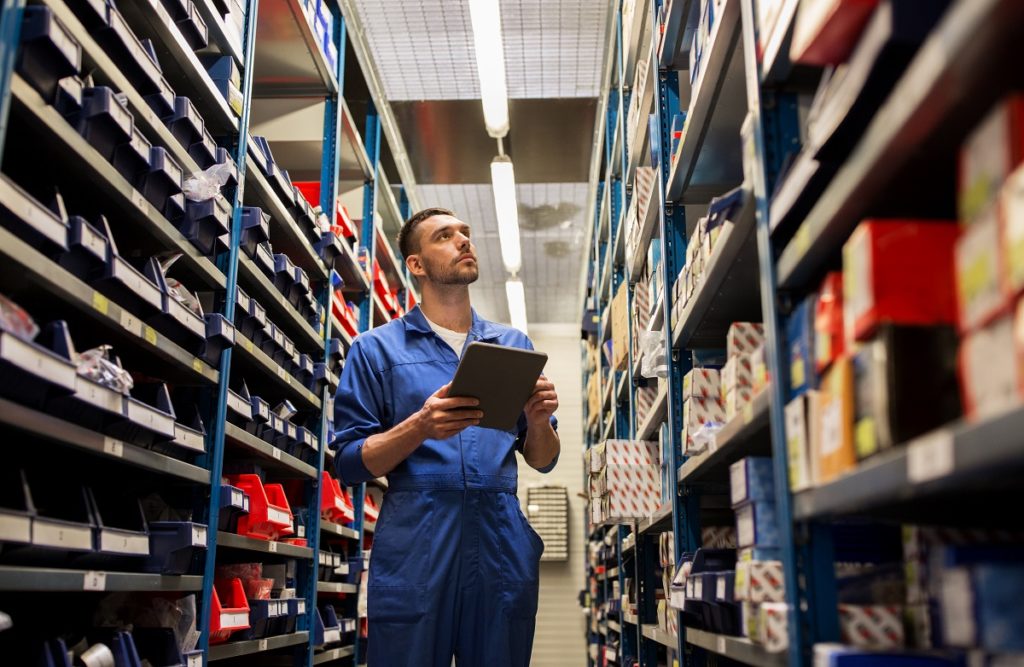Disclaimer: This website provides health information for educational purposes only and is not a substitute for professional medical advice, diagnosis, or treatment. Always seek the guidance of a qualified healthcare provider with any questions you may have.
How’s e-commerce in the UK? Based on the latest data, it is impressive. According to Statista, the industry could grow by a whopping 34% until 2023. In 2019, online retail share soared by 19%.
Even better, e-commerce is a fantastic equalizer. Small business or giant retailers–it doesn’t matter. Everyone has access to the same tools and use the same strategies. However, money matters.
If you’re a startup, both working capital and cash flow are limited. You need to find a way to use funds wisely without compromising growth or scalability. To do that, here’s a nice “game” to play: learn whether you should rent, buy, or skip the following:
1. Logistics
Logistics serves as one of the backbones of e-commerce. Without it, your market shrinks significantly to your local surroundings only. But whether you have to buy a flatbed trailer or consider a full-load transport (FLT) depends on factors, such as your budget, retail sales, delivery locations, and inventory.
- For a small business, work with a logistics company first that can offer you many delivery options. There’s less than a truckload (LTL) if you have fewer orders. It is cheaper, but shipping time can take a while since the truck has to make multiple stops to fill itself. As your business grows, explore FTL. It’s ideal if you already have a fulfillment facility or sell wholesale goods.
- Within a year or two, you can then assess whether you can now afford to own a truck or a delivery vehicle.
2. Warehouse

A warehouse is costly, especially if you are in popular cities like London or Manchester. In these places, space is a premium. For your first year, you might want to skip it unless your business grows very fast.
But what is the alternative? You have at least two: fulfillment facility and home. Your home is the perfect choice if you have unused or underutilized space, such as a garage, attic, or yard. You can buy a small shed anytime if you like. It can even save you more money as you can deduct it from your tax liability.
Otherwise, lease a space in a fulfillment facility. It is a warehouse that curates products of other retailers and also takes care of the rest of the supply chain, such as delivery.
Note: If you don’t want to deal with inventory, you can drop-ship products. This e-commerce business allows you to order products from a third-party retailer or wholesaler. They then pack the goods on your behalf, complete with your own label.
3. Labor
It depends on which stage you are in the business. Usually, during the first one to three months, you can do most of the tasks unless the growth is fast. By then, you can:
- Outsource whatever jobs you can, such as accounting, bookkeeping, data administration, and even digital marketing
- Hire workers temporarily, on retainer, or only on certain days of the week
However, you might need to get full-time employees for critical aspects of the business, such as marketing and Internet security, as your business scales up.
Some tasks can be seasonal. During peak months, which are usually the holidays, you can coordinate with temp staff agencies.
Growing an e-commerce business demands a delicate balance on money use. Hopefully, with these ideas, you will know where and what to spend to grow your company quickly.




